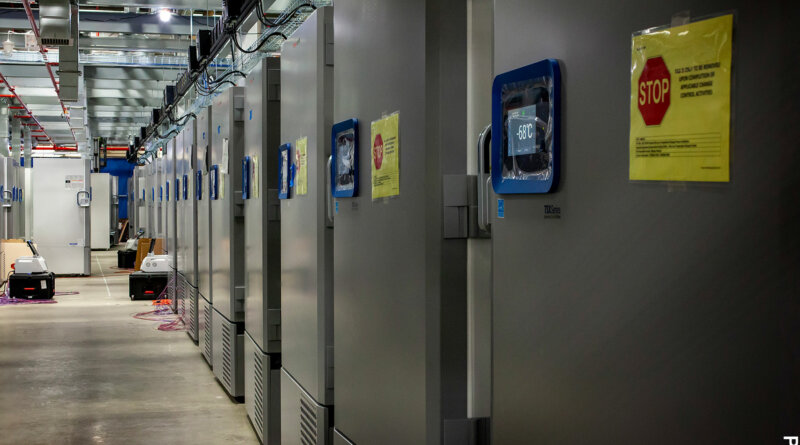COVID Vaccinations Lag as Virus Rages
Jan. 5, 2021 — As COVID-19 cases and hospitalizations soar across the U.S., the nation’s unprecedented effort to vaccinate hundreds of millions of adults against the virus is off to a sluggish start.
In December, officials with Operation Warp Speed had repeatedly promised to vaccinate 20 million people by the end of the year. As of Monday, the CDC reports just 4.5 million people — mostly health care workers and residents of long-term care facilities — have gotten their first shots, out of more than 15 million doses delivered to states. Officials with Warp Speed have noted that there’s a 3- to 4-day delay in reporting.
“It’s chaotic, and it’s slow, and it’s not where it needs to be,” says Jennifer Kates, PhD, senior vice president and director of global health & HIV policy at the Kaiser Family Foundation. She is part of a team of analysts who have been studying state plans for vaccine distribution.
Many states such as Florida, West Virginia, Tennessee, and Nevada have now made seniors eligible to get their shots, if they could find any. In Volusia County, FL, local ABC affiliate WFTV reported that seniors were sleeping in their cars outside of Daytona Stadium to get the vaccine on Tuesday morning.
The apparent lag has left governors frustrated.
On Tuesday, Maryland Gov. Larry Hogan said he would activate the National Guard to help county health departments give the shots. Just 65,000 people have been vaccinated out of 275,000 shots distributed in the state.
Hogan also called on retired health care workers to help turn local vaccine clinics into 7-day-a-week operations. He said more than 700 retired health workers had already signed up for the effort.
In New York, Gov. Andrew Cuomo threatened to fine hospitals up to $100,000 if they didn’t use up their current supplies of vaccines before the end of the week. Repeated delays could cause them to lose the ability to distribute the vaccine altogether.
“This is a management issue of hospitals,” he said in a Monday news briefing.
In Ohio last week, Gov. Mike DeWine also urged hospitals to pick up the pace. He told them they should distribute any vaccine within 24 hours of receiving it and report back to the state within 24 hours of giving the shots.
“There’s a moral imperative to get this out. Every dose of this vaccine could save someone’s life,” he said.
But his biggest concern, he said, was people feeling reluctant to take the shot.
“Anecdotally, it looks like we’re at somewhere around 40% of staff in nursing homes are taking the vaccine, 60% are not taking it,” he said, at least for now.
“What I’m worried about is people who are not taking it,” DeWine said at a news conference.
Kates says that Operation Warp Speed did a remarkable job developing the vaccines and making deals with pharmaceutical companies to buy doses, but in terms of distribution, “It’s been basically punted to the states.”
Before the latest stimulus package was signed, states were given limited funds to develop complicated distribution plans.
Kates says stretched-thin health departments and hospitals have been asked to manage vaccine distribution on top of trying to manage testing and contact tracing, all while COVID-19 cases are surging.
Some local health departments are having to make hard choices about how much they can handle. On Jan. 1, Georgia’s South Central Health District tweeted that it was dramatically scaling back on testing to focus on vaccinations.
Kates says states are supposed to have some visibility into how many doses they’re getting and where they are going, but she says in some cases, doses have been sent directly to individual facilities.
“It’s very complicated, and we don’t have a national system that is guiding how all this is happening,” she says. “States have not necessarily been given the tools they need to make this a success.”




